
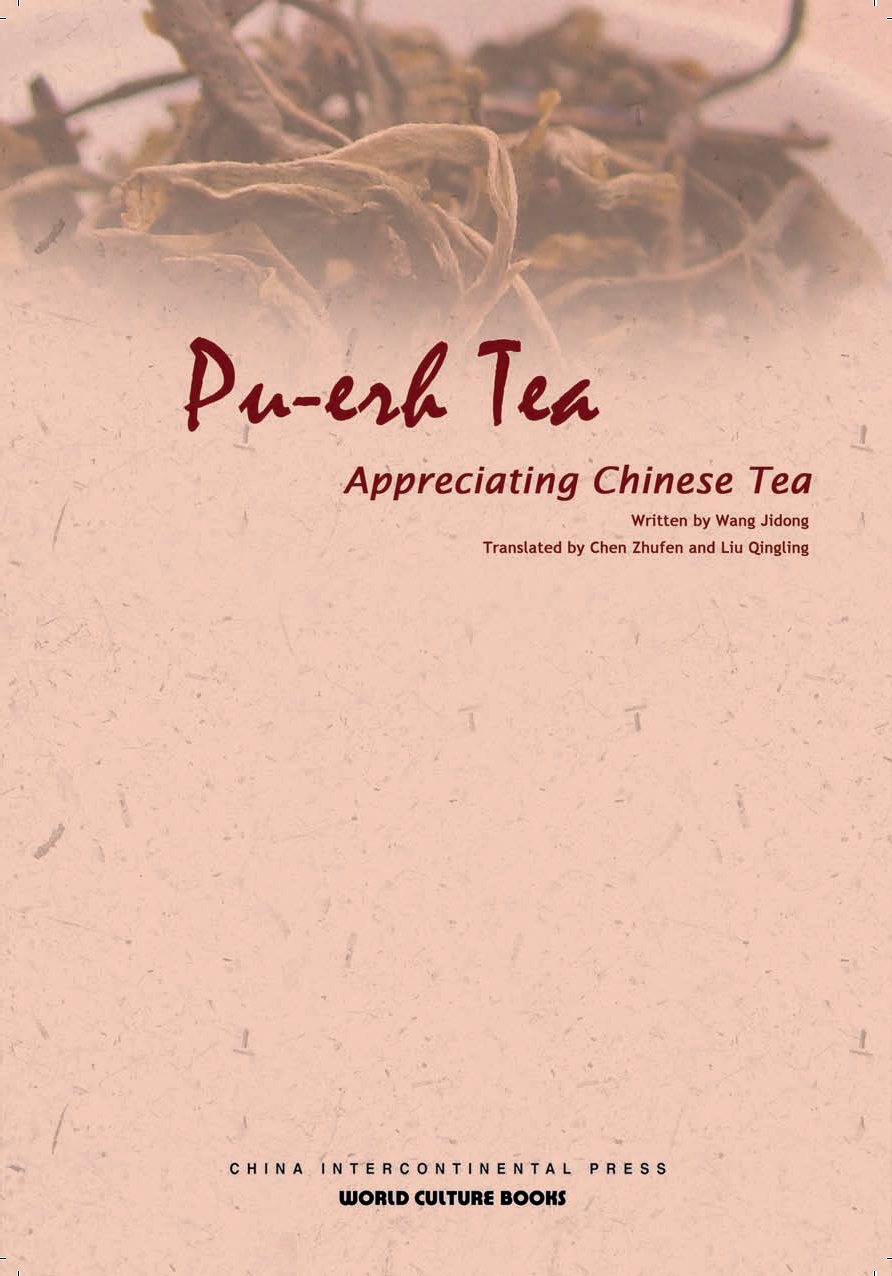
Contents
Thanks to Jing Xiaomin, Li Mei, Madhumita Bardhan Sinha, Wang Li, Lisa Zhang and Suodi Song for their tireless efforts to make the project possible.
A Visit to the Ancient Tea Trees in the Remote Mountains
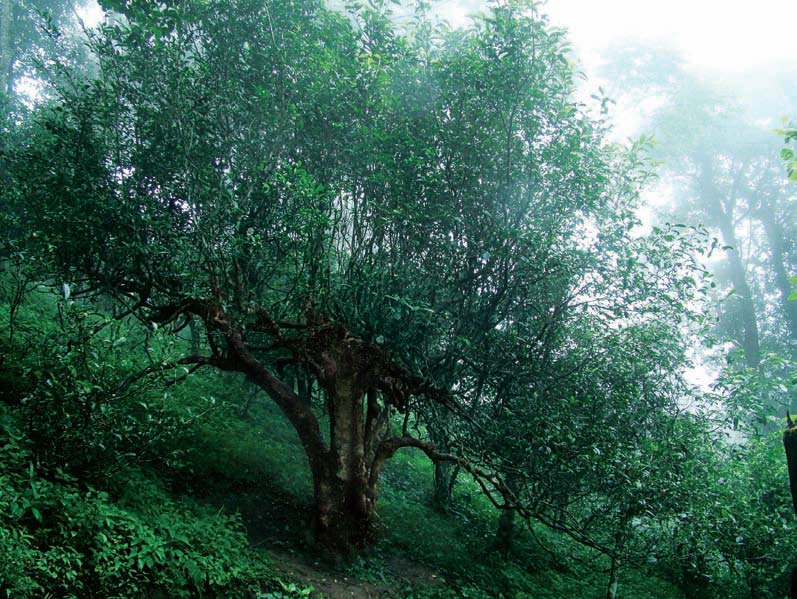
Ancient tea trees more than 800 years old in Nannuo Mountain
You have to visit the virgin forests in southwest Yunnan to see the original ancient tea trees. Oblivious to the changing market economy, these trees remain unmoved, watching the mountain fog gathering and clearing all year round. Unlike young trees which flourish every season padding the tea farmers' wallets, ancient trees slow down their growth, showing dignity. The phrase "tea from wild ancient trees" touches your heart, transporting you to the vast fields and remote mountains, offering tranquility.
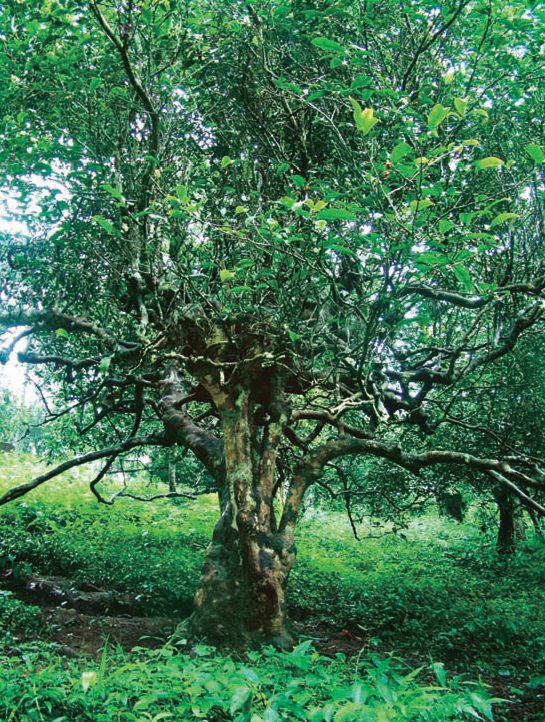
King of tea trees in Nannuo Mountain
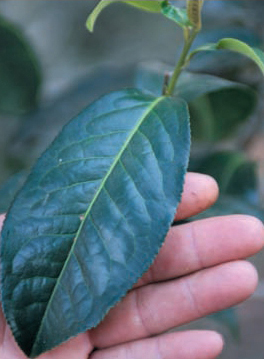
Leaves of ancient tea trees in Yiwu
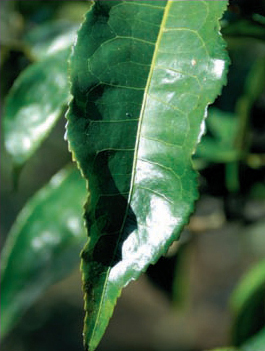
Leaves of ancient tea trees in Yibang
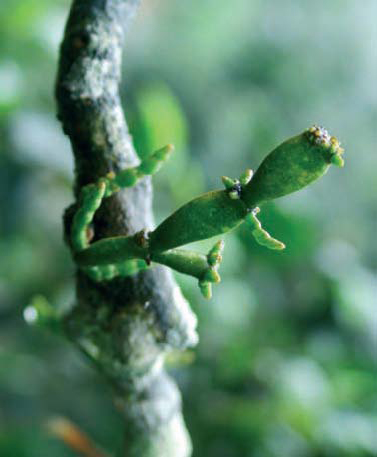
Young 2030-year-old tea trees at the foot of ancient 400500-year-old tea trees

"Crab pincers" of ancient arbor tea trees in Nannuo Mountain
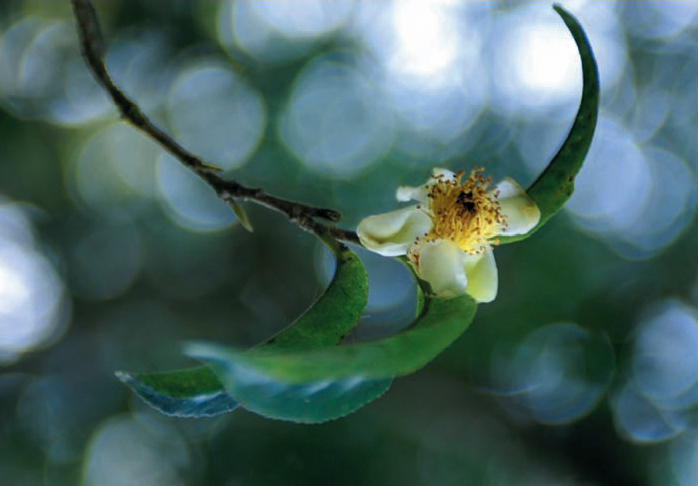
Blossoms of the ancient tea trees in Gaoshan Village of Yiwu
Where can you find ancient tea gardens but in the mountains? Unlike the tender and light green tea trees found south of the Yangtze River, tea trees here are as sturdy and high as ancient pines, with tough dark green leaves. The rough leaves reflect strength accumulated with age. The tea blossoms are as delicate as they were when the tree first budded. Amid such breathtaking surroundings, one cannot but bow in reverence.
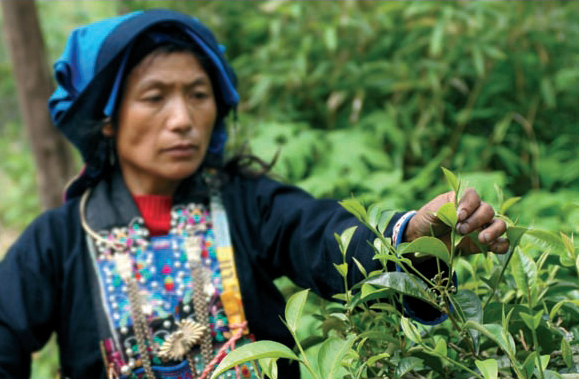
A Hani tea farmer of Bangzha Community in Pu-erh
Part 1
Learning about Pu-erh Tea from Its Processing Techniques
The increasing popularity of Pu-erh tea arouses people's interest in it. To know Pu-erh tea, you must first learn about its processing techniques. Many mysteries are rooted in its processing procedures. Learning about them and their techniques will help unveil the mysteries.
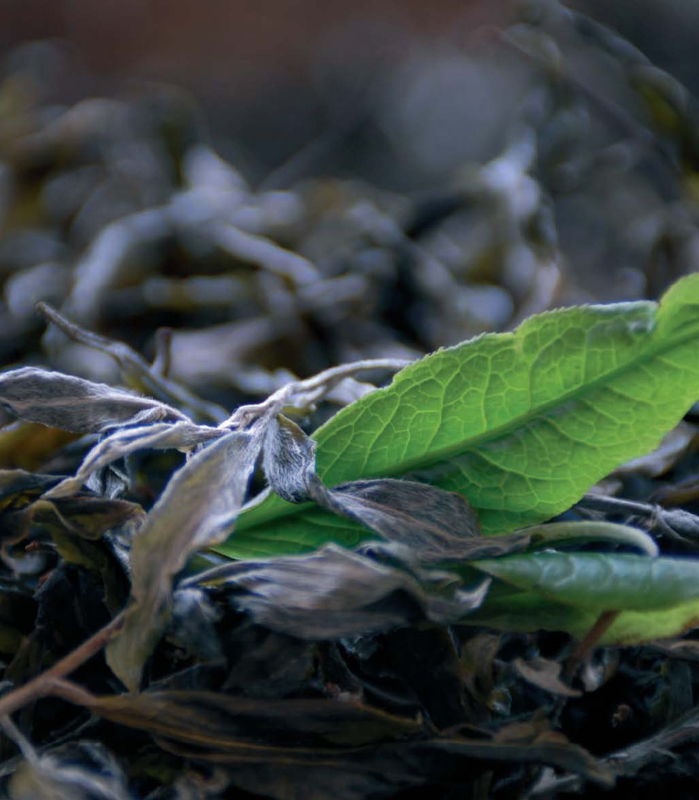
I. Chinese Tea Classifications and Pu-erh Tea
Pu-erh tea is not just dark tea but the most famous type of dark tea today.
() Classifications of Chinese Tea
China produces various kinds of tea. According to incomplete statistics, China has over 1,000 varieties of famous teas. Tea is classified according to different standards, including processing technique, place of origin, production season, quality grade, shape and sales.
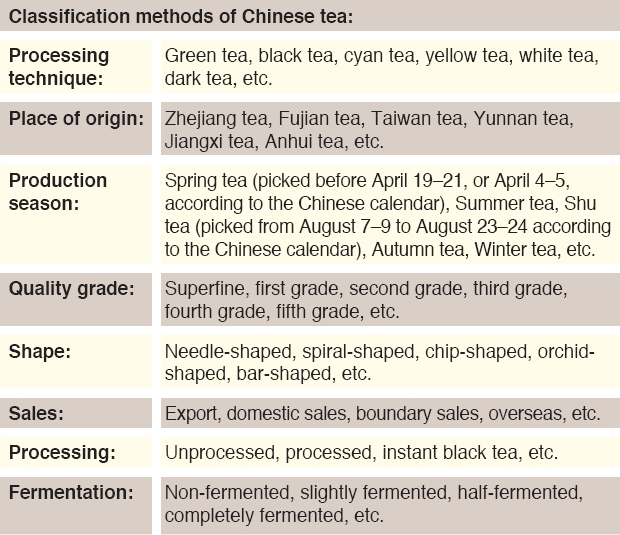
TIPS

In modern tea studies, tea is classified into basic tea and reprocessed tea. Basic tea includes green tea, black tea, cyan tea, yellow tea, white tea and dark tea. Reprocessed tea includes jasmine tea, compressed tea, teabag, instant tea, tea drink, etc
The most commonly used classification of tea:
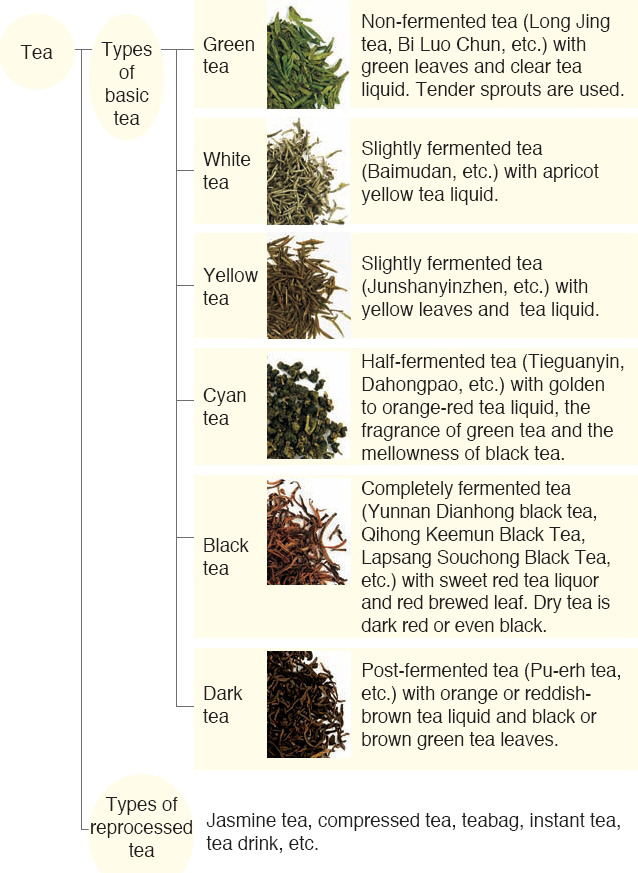
Pu-erh tea is a type of dark tea. People know very little about dark tea, and the popularity of Pu-erh tea has further obscured the concept "dark tea."
() Dark TeaPu-erh Tea
Besides Pu-erh tea, there are other types of dark tea which are well-known.
Dark tea is mainly produced in Yunnan, Guangxi, Sichuan, Hubei, Hunan, etc.
1. Dark tea from Hunan
Hunan produces Xiangjian tea, Qianliang tea, Fu brick (Fuzhuan), Black brick (Heizhuan), Flowery brick (Huazhuan), etc. Fu brick is characterized by its growth of fungus spores, which gives it a unique fragrance.
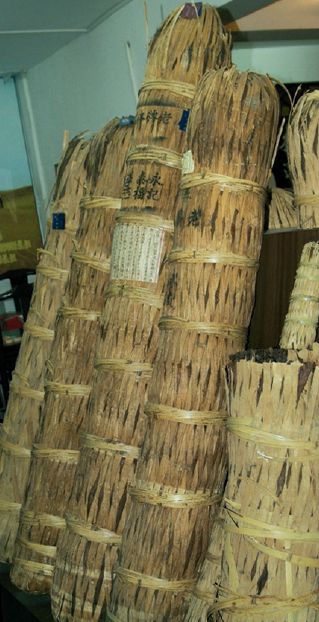
 Hunan Qianliang tea packed
Hunan Qianliang tea packed
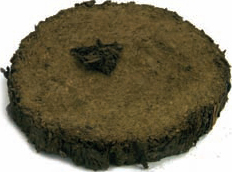
 Hunan Qianliang tea
Hunan Qianliang tea
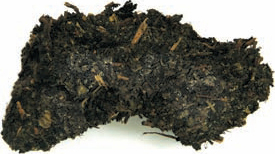
 Inside of the Fuzhuan tea with fungus spores
Inside of the Fuzhuan tea with fungus spores
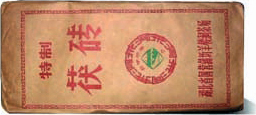
 Packaged Fuzhuan tea
Packaged Fuzhuan tea
2. Dark tea from Sichuan
Dark tea from Sichuan is classified into south-road brick tea and west-road brick tea. Samples include Kangzhuan, Jinjian, etc.

 Dark tea from Sichuan
Dark tea from Sichuan
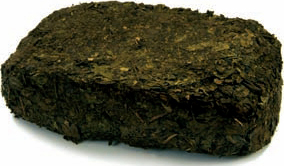
 Jinjian tea
Jinjian tea
3. Dark tea from Guangxi
Originally produced in the Liubao township in Cangwu County, it is dark brown and glossy. The tea liquid is dark red and sweet with a betel nut fragrance and a sweet aftertaste. The tea is characterized by its red color, strength, mellowness and age. The best Liubao tea that is old is the one with golden fungus spores. This once commanded the largest market share of dark tea in Hong Kong and the Southeast Asian countries.

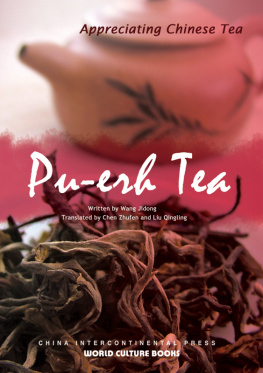


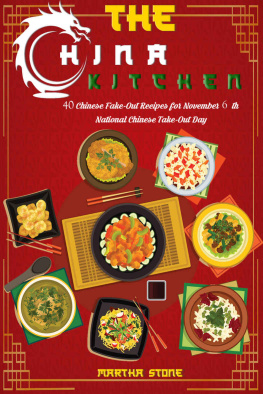
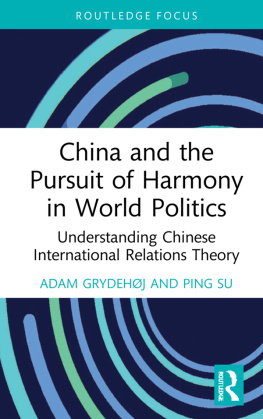

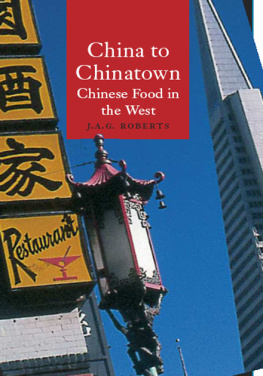
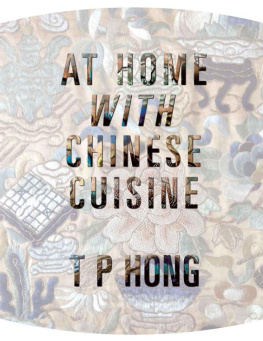















 Hunan Qianliang tea packed
Hunan Qianliang tea packed



